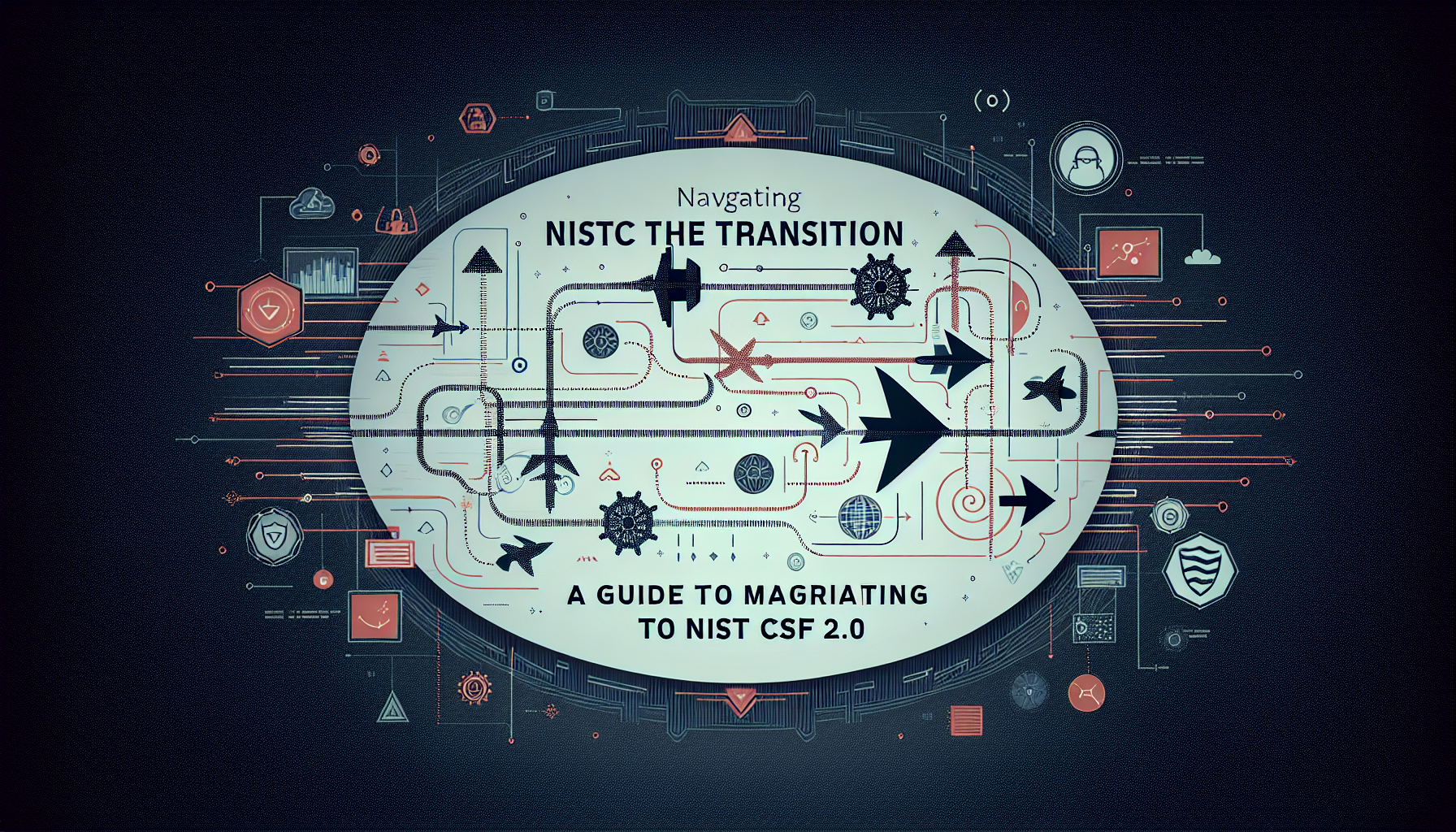Navigating the Transition: A Guide to Migrating to NIST CSF 2.0
Understanding NIST CSF 2.0: A New Era in Cybersecurity
The National Institute of Standards and Technology (NIST) has recently released version 2.0 of its Cybersecurity Framework (CSF), marking a significant evolution aimed at bolstering cybersecurity measures across industries. The updated framework integrates lessons from previous iterations and aligns with current technology and threat trends. For those in highly regulated industries, understanding and implementing NIST CSF 2.0 is crucial for compliance and risk management. The framework now includes quick-start guides tailored to specific sectors, success stories from various implementations, and a comprehensive catalog of references that link to more than 50 other cybersecurity documents. This enhancement makes it easier for businesses to align their cybersecurity strategies with regulatory requirements.
Key Changes in NIST CSF 2.0 and What They Mean for Compliance
One of the standout features of NIST CSF 2.0 is its adaptability to different industries, offering a versatile tool to meet diverse compliance requirements. The framework promotes a more integrated approach to risk management, emphasizing the need for continuous improvement in cybersecurity practices. This edition stresses the importance of safeguarding information in a rapidly changing threat landscape and encourages organizations to adopt a proactive stance.
For businesses in highly regulated sectors, such as finance or healthcare, adopting NIST CSF 2.0 means enhancing their ability to protect sensitive data and maintain compliance with industry-specific regulations like HIPAA or the Gramm-Leach-Bliley Act. Cybermack can assist organizations in this transition by conducting thorough security assessments to identify gaps in compliance and implementing system hardening techniques to fortify their defenses.
Risk Management Best Practices with NIST CSF 2.0
Risk management is at the core of NIST CSF 2.0, which advocates for a structured approach to identifying and mitigating cybersecurity threats. The framework outlines five core functions: Identify, Protect, Detect, Respond, and Recover. These functions guide organizations in developing a comprehensive risk management strategy that aligns with their business objectives.
Cybermack’s managed security services can play a pivotal role in helping organizations operationalize these functions. By leveraging our expertise in penetration testing and security assessments, we can help identify vulnerabilities and address them proactively. Our team works closely with clients to tailor risk management strategies that not only meet compliance requirements but also enhance overall cybersecurity resilience.
Leveraging Cybermack’s Services for a Seamless Migration
Transitioning to NIST CSF 2.0 can be a complex process, particularly for organizations with limited cybersecurity resources. Cybermack offers a suite of services designed to simplify this migration and ensure that businesses can achieve compliance while minimizing risks. Our managed security solutions provide continuous monitoring and threat detection, allowing clients to respond swiftly to emerging threats.
We also offer extensive system hardening services to ensure that IT infrastructures are robust against potential cyberattacks. By partnering with Cybermack, organizations can benefit from our deep understanding of NIST guidelines and our commitment to reducing cybersecurity risks, ensuring a smooth transition to the updated framework.
Achieving Future-Ready Cybersecurity
The evolution of the NIST Cybersecurity Framework into its 2.0 version represents a significant step towards more adaptive and resilient cybersecurity practices. For organizations in highly regulated industries, aligning with this framework is not just about compliance—it’s about future-proofing their cybersecurity posture against evolving threats.
With Cybermack’s expertise, businesses can not only meet their immediate compliance needs but also build a foundation for long-term cybersecurity success. Whether through managed security services, penetration testing, or system hardening, our solutions are designed to reduce risks and enhance security, ensuring that clients are well-equipped to face the challenges of tomorrow’s digital landscape.







